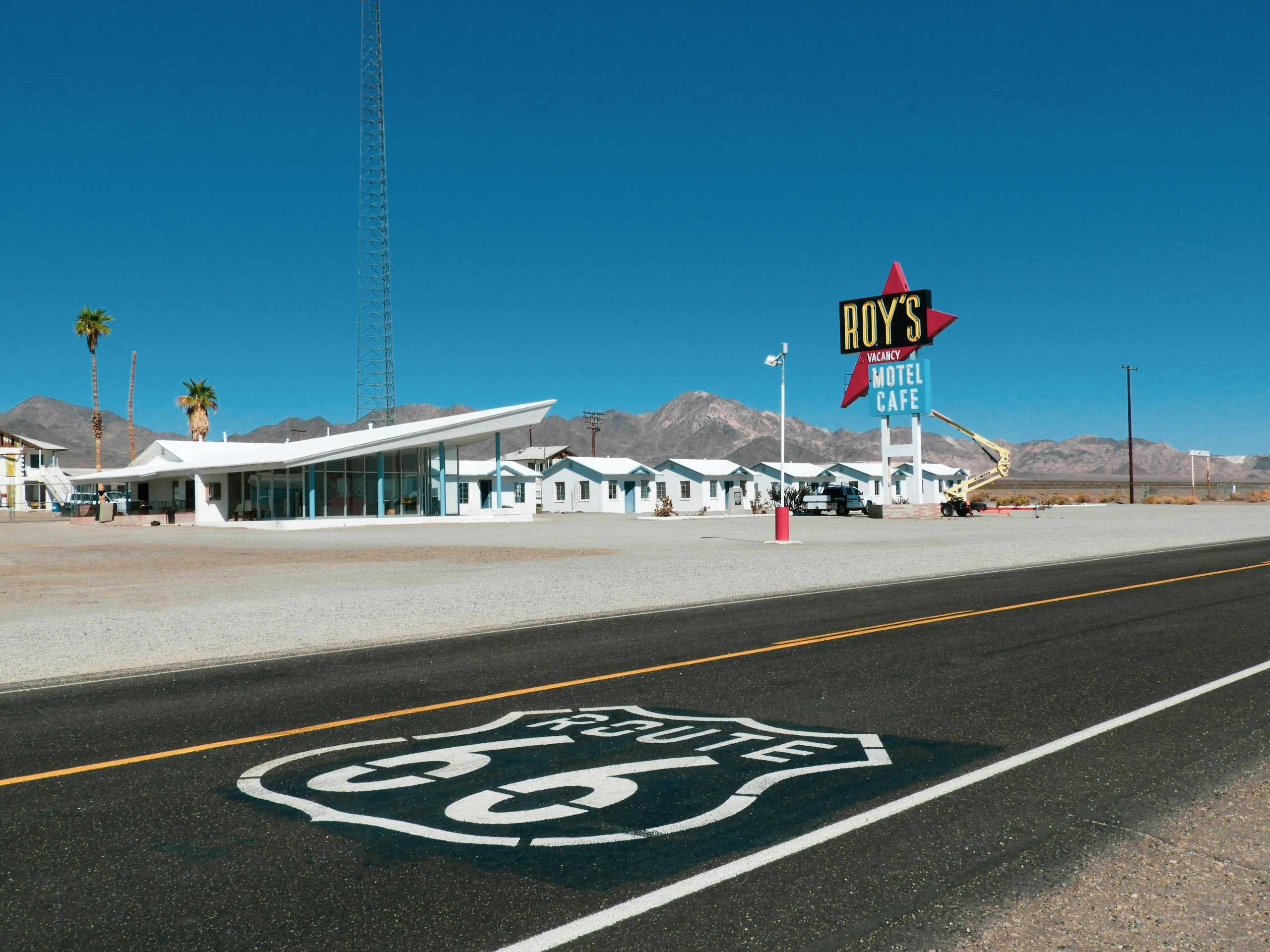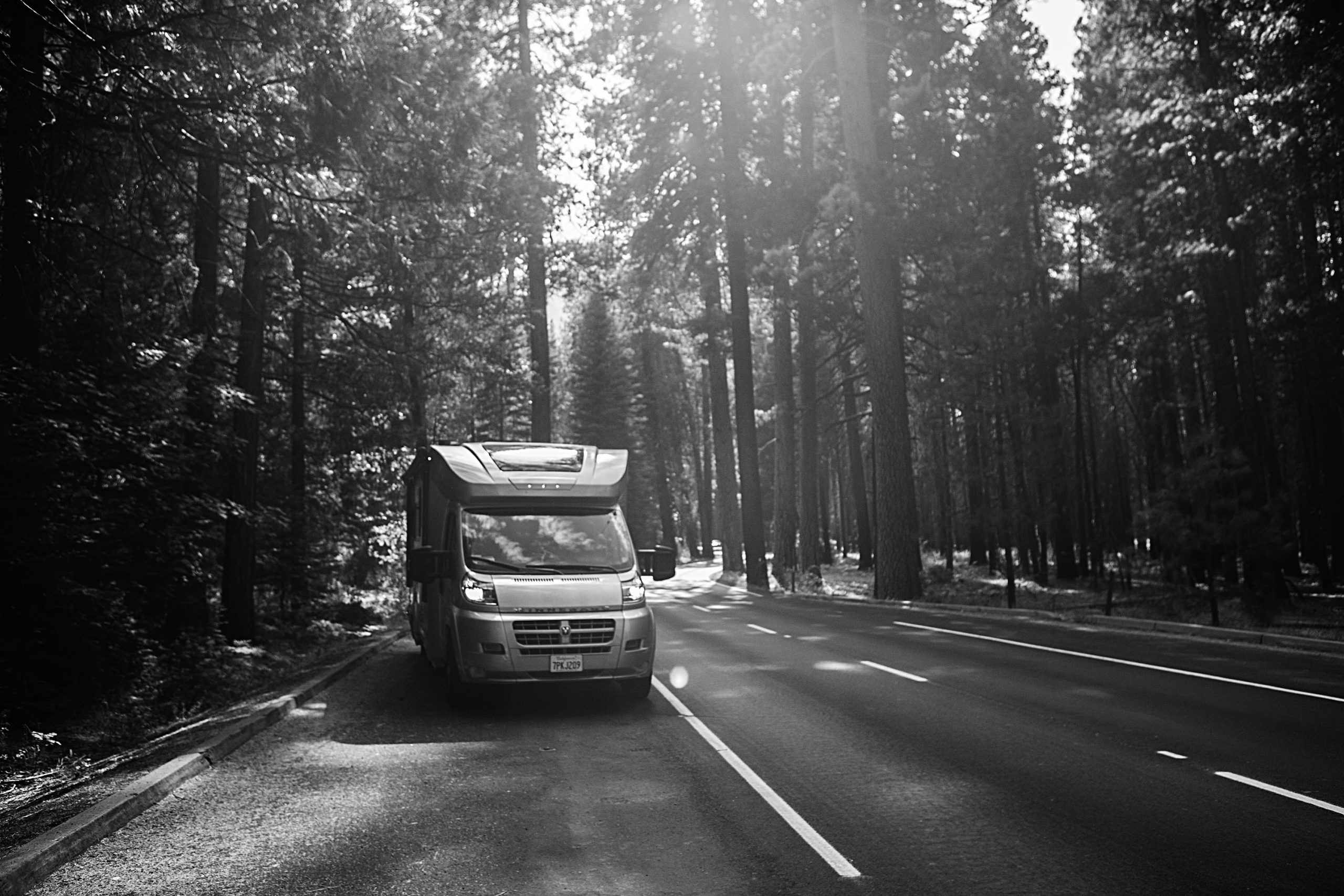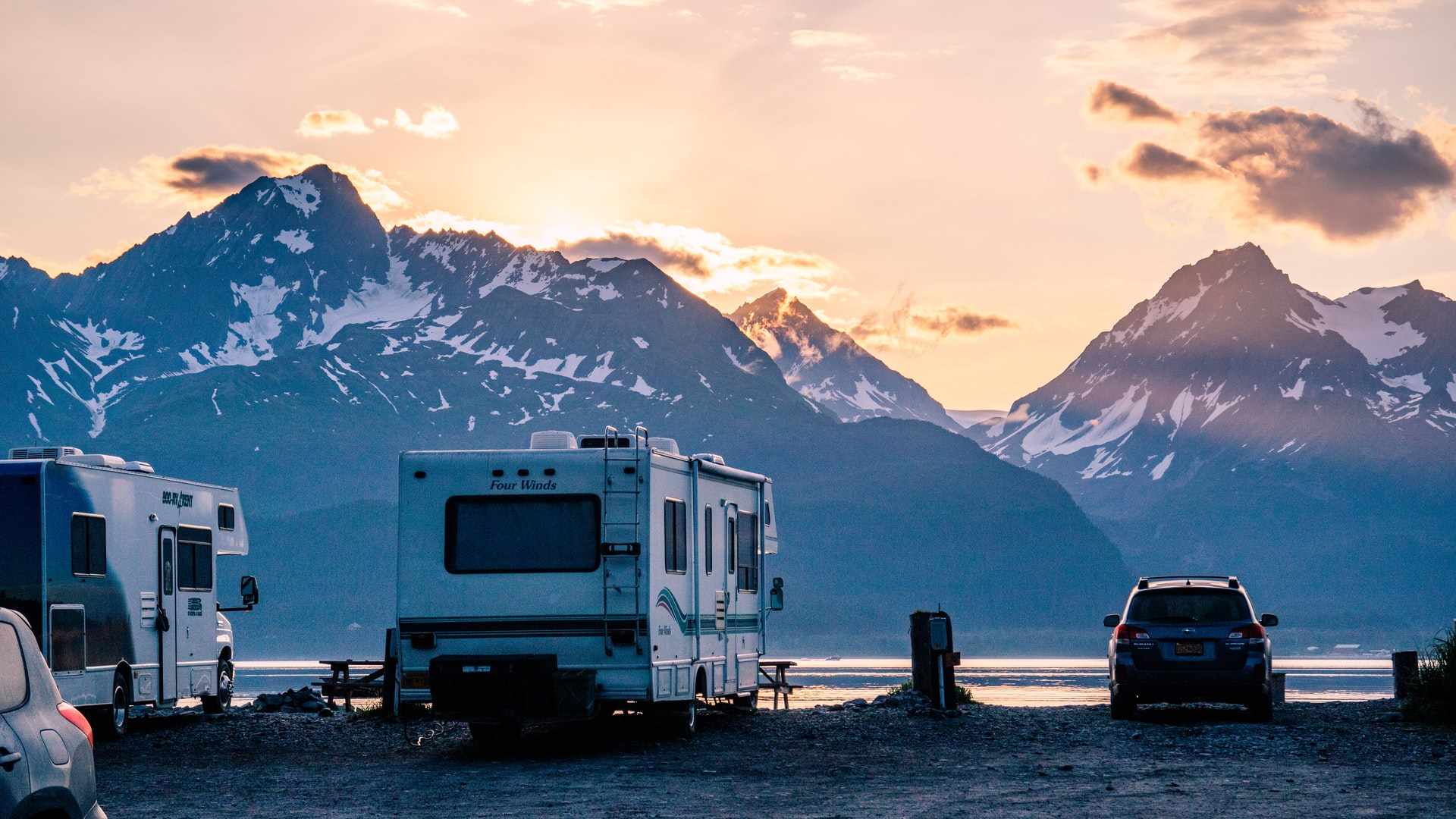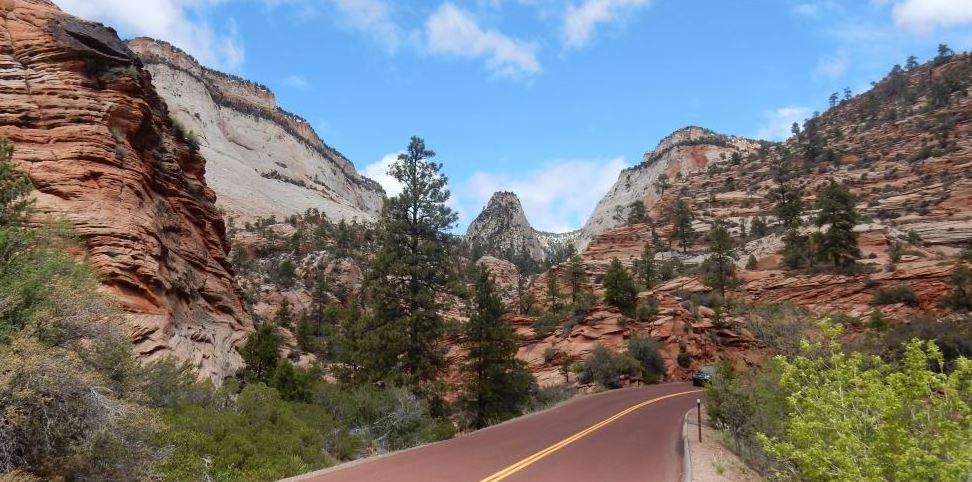Pulling into a gas station in an RV can be a stressful challenge for first-timers. It is unfamiliar territory, and the unknown can be worrisome. Hopefully, these tips can give you a heads up at the gas station, and guide you to a trouble-free journey.
Know Your Fuel of Choice
Every RV or tow vehicle will have a recommended fuel. A quick google search or a look in your owner’s manual should be enough to find out what that is.
Diesel engines must have diesel fuel to run properly. Not every fuel station carries diesel fuel, but a great many do. Fortunately, diesel pumps are almost always placed, so that larger vehicles can access them easily. Gas engines can generally take any grade of gasoline, but you should use the recommended octane for your engine to give it the longest life and best performance. Gas is available nearly everywhere, though different stations offer different octane options. There is rarely a benefit from a higher grade than your engine was designed for. You can read more on the topic in Scientific American.
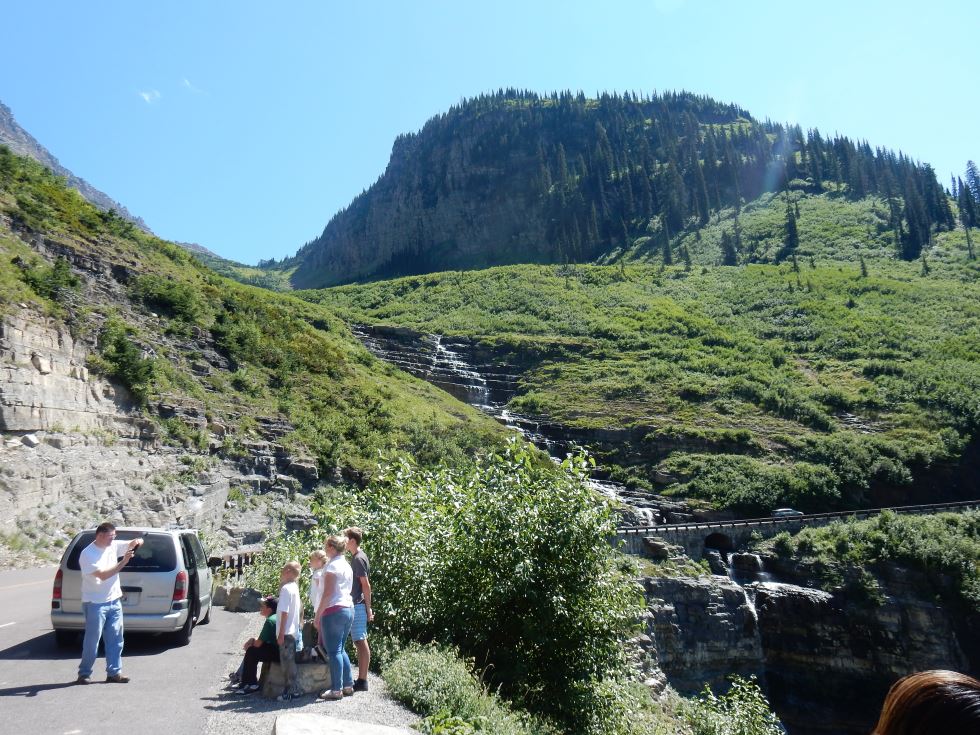
The Challenge of Size
The good news is that no matter how big your rig, there are gas stations out there that can handle it. RVs have been on the road for decades and there are numerous service stations designed to accommodate commercial truckers. If you drive a class B, then you can probably use most service stations short of corner store markets. The bigger your rig, the more you need a station designed with RVs in mind.
So, how do you find gas stations for your RV? The easiest way is to get a smartphone app that can guide you to them. Two of the more popular choices are Gas Buddy and Trucker Path. Gas Buddy is focused on getting the best price for gas, but it has filters for diesel, truck stops, and other station features. Trucker Path is more focused on truck stops for commercial truckers. Both apps are free, but neither is intended to be used while you are driving, they are for planning your trip or finding a nearby station.
Google Maps is also fully capable of helping you out. Bring up your map at your location and type in: “truck stops” and it will bring up those near your location. Most mapping applications have similar features, but I find Google Maps does the best job of finding specific types of businesses.
If you find yourself without electronic assistance, your best bet is to hit up gas stations located off major highway intersections. There is a decent chance one or more of them will have a fairly roomy approach to the pumps and a diesel option. Stations near national parks or other camper destinations are also more likely to accommodate RVs.
For emergencies, I’d recommend you carry an empty portable gas canister. This will let you ferry fuel from a station’s pumps if you can’t fit your rig into their lot. Some stations will sell them if you don’t have one.
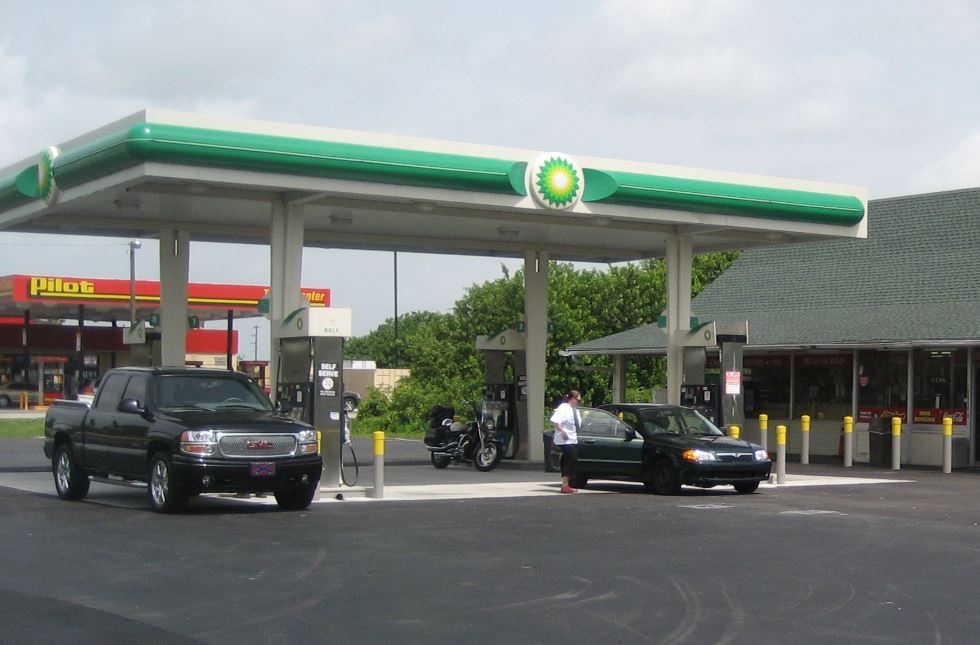
Trip Planning Strategy
When heading out in your RV you should have a plan. The first step is to have a good understanding of your RV’s mileage range. The manufacturers like to use very idealized MPG ratings, so you really want a more real world idea of what your range is. Furthermore, you don’t want to be pushing it to the last drop. I recommend treating your functional range as 3/4 of your maximum range. Keep in mind the factors that can modify your range. Headwinds are possibly the most impacting, followed by urban traffic, and finally hilly terrain. Many expect hills to have the biggest impact, but typically they involve ups and downs so it has less impact than you might expect.
The safest game plan is to make all the legs of your trip no longer than your functional range. This is what my wife and I routinely do as full-timers. If you are on vacation, you may want to get to your destination in as few legs as possible. If you are going to exceed your RV’s range, then you need to make sure you have accommodating stations within that range on your chosen route. Sticking to trucking routes and major highways is a good way to help ensure this. Google Maps is a good site to use, but TruckRouter.com has some amazingly cool features that let you predict fuel usage for your trip, follow trucking routes, and avoid toll roads.
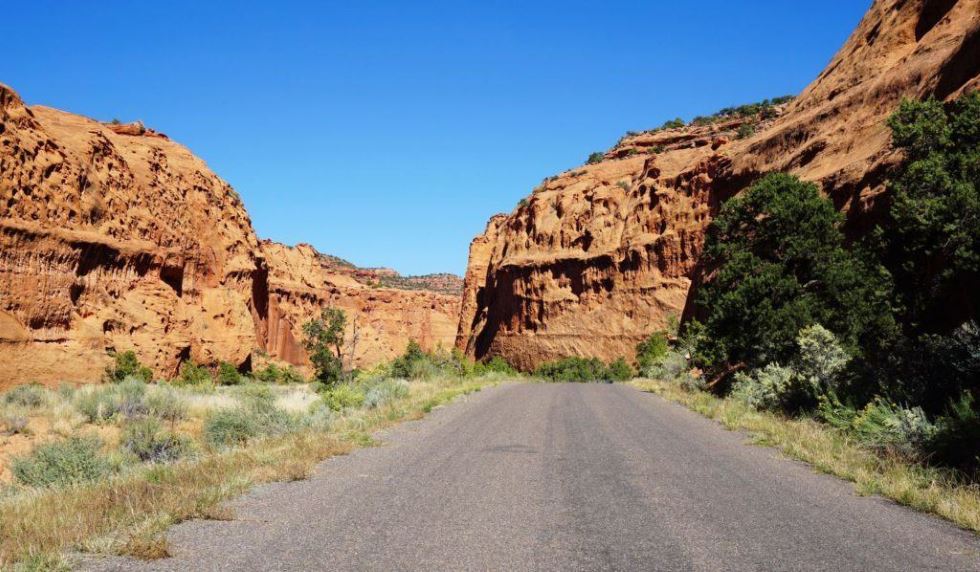
Saving Money on Fuel
There are two ways to save money on gas: use less of it, and pay less for it.
To use less gas, don’t drive too fast. Your best mileage tends to be between 35 and 50mph. Often you will want to go faster than that, but the higher your speed the more the wind will push back. It also becomes more dangerous. I try to never tow faster than 65 for both safety and efficiency and I prefer about 60mph on a highway. We get our best mileage cruising around on park roads at 35mph. It can also pay to avoid urban routes. Cities have traffic and the stop and go really chews through fuel in an RV. Finally, keep your tires inflated to the proper level. Again, this is both for safety and fuel economy.
To pay less, there are multiple strategies you can employ. One is to look for the lowest gas prices. Gas buddy is a great tool for this as you can check prices at individual stations on your route. Many save on gas with membership at Costco and Sam’s Club, but you won’t always find these on your route and they don’t always accommodate RVs. If you have a favorite brand, then signing up for that company’s discount program can be a money saver. We’ve been using Speedpass from Exxon Mobile, which lets you pay for gas with your phone. It’s super convenient and includes discounts.
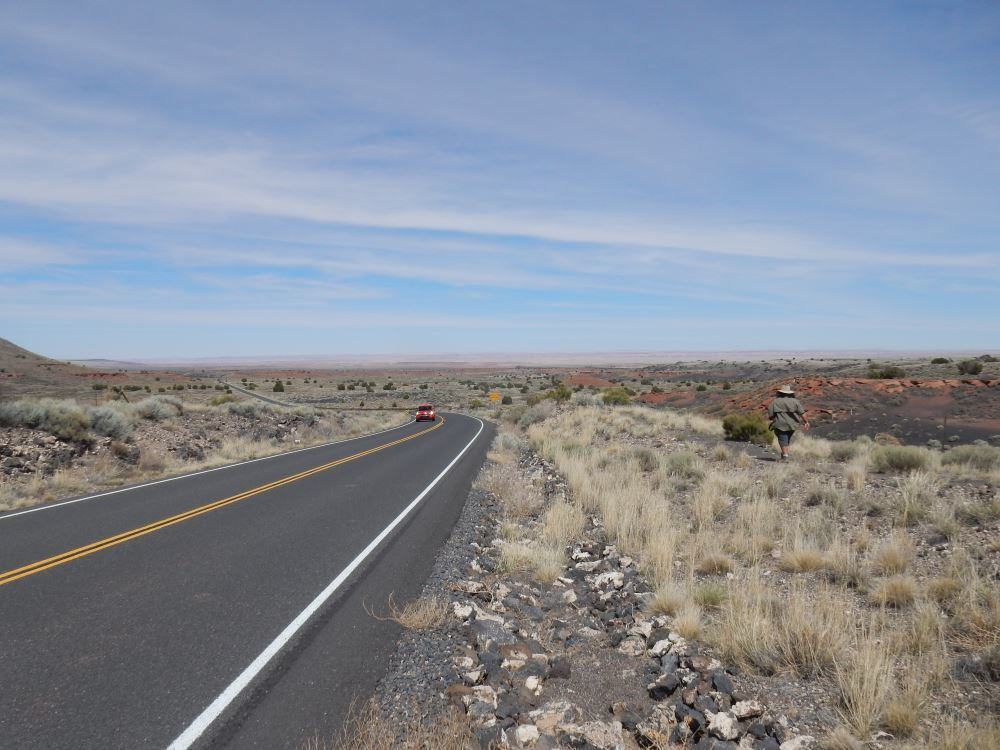
Odds and Ends
Some service stations have limits on how much gas you can pump in one go, often 20 gallons. Other times, your gas may cut off for other reasons. Before you pull out of a station, make sure that your tank is actually full. It will save you an unpleasant surprise later.
When traveling, it is always a good idea to keep a reserve of cash, at least enough to fill your tank. Most fuel stations will take cards, but their internet connection may be down, or they may offer a discount for cash payments. The more remote your destination, the more essential this tip is.
As electric cars become more popular, it’s worth noting that RV parks often have 50Amp outlets that can be used to charge them up. Currently, this would only apply to Toads or custom built electric RVs, but in the future it may be of significance for RVers turning every campground into a potential overnight charging station.
